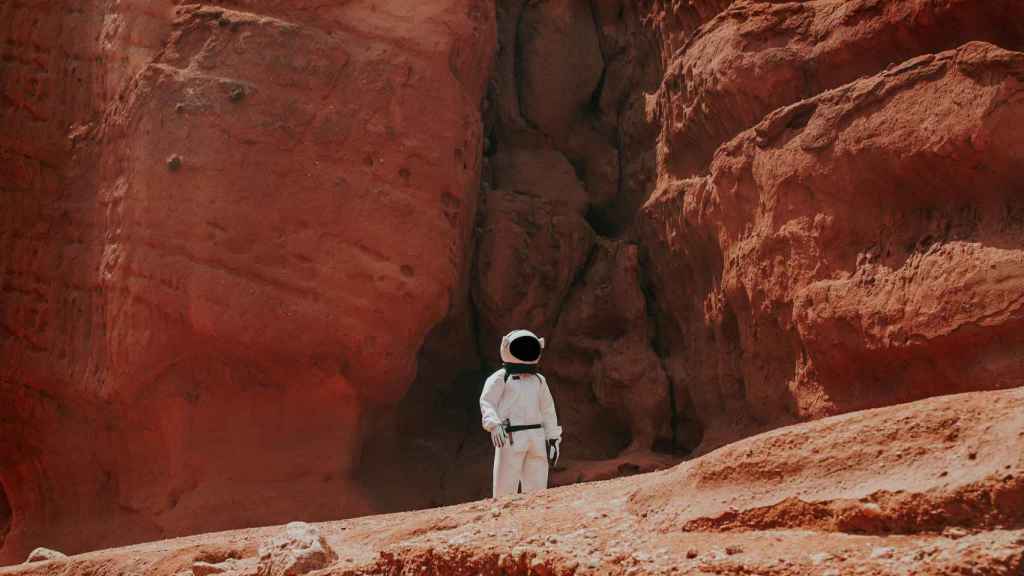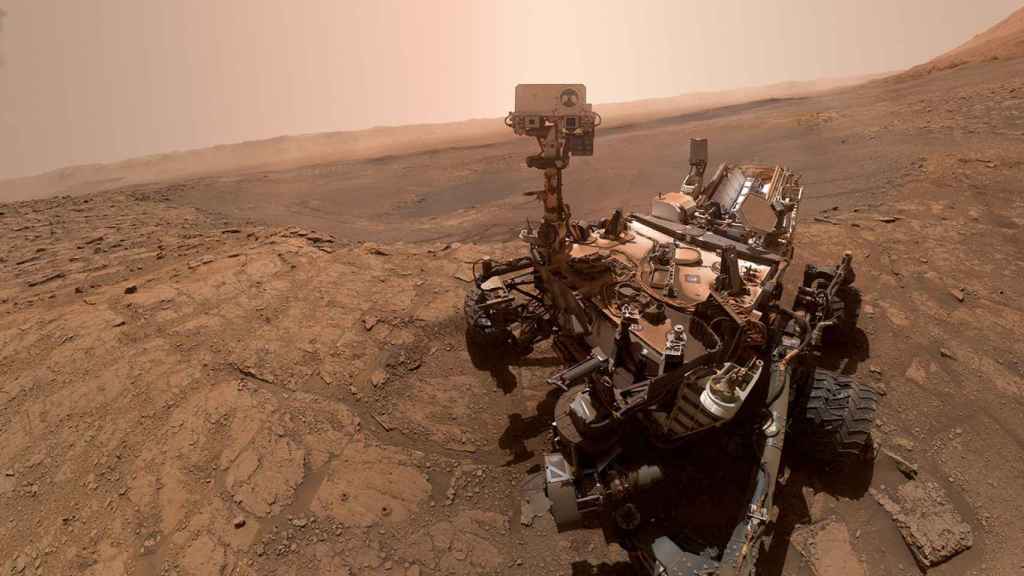Related news
While the technology of space exploration is increasingly developed and ready to reach other planets, there are still some essential issues to be addressed. One of the most important has to do with colonization systems that have been proposed to date. From living in SpaceX’s own spaceships to excavating underground cities from an architecture studio in Spain.
But, so far, no one has managed to find the definitive method and practically everything is open to debate. One of the latest projects to appear is related to the manufacture of base construction material for Mars and, far from earthly cement, it is committed to the use of bodily fluids of all kinds to mix with the dust that covers the surface of the red planet.
The project comes directly from the University of Manchester, where researchers have made known, through a paper on Materials Today Bio, in what way la blood or urine can be used to build Martian dwellings.
Houses of blood
Getting construction materials from Earth to Mars is so expensive that the possibility is not even considered. The ships that cover the route must carry what is strictly necessary And if you can build habitable houses without carrying bags of cement or bricks, you will be more than welcome. Even more so if one takes into account that the trip to the red planet, most likely, will not have a return ticket if someone regrets in the middle of their extraterrestrial journey.
Astronaut recreation on Mars
Beyond the gruesomeness of the subject, the scientists of the English university are based on scientific evidence. Specifically, in the protein serum albumin (also called HSA) that is present in human blood plasma and urine and that can be used as a binding agent if mixed with Martian dust.
This chemical combination would result in a material “stronger than ordinary concrete”, according to the scientists themselves. Regarding the extraction method, and far from having to end the life of anyone, the researchers conclude that the plasma of the astronauts’ blood could be collected several times a week in a process similar to that of current donations, according to reports mixx.io.
HSA is the most abundant protein in blood plasma and replenished at a rate of 12-25 grams per day, in statements by Aled Roberts, lead author of the study, to Interesting Engineering. A very meager amount that would take thousands of astronauts to truly profit. But these specific extractions open an interesting issue about whether it affects the physical or mental performance of astronauts, who must perform complex tasks in such an extreme environment.
“I believe that the effects on physical and mental health will be the main concern if this technique is applied“said Aled Roberts.” Microgravity is very demanding on the body, causing problems such as degeneration of muscles and bones, and any procedure that makes astronauts even more healthy will be completely unacceptable, “he continues.
Rover Curiosity on Mars
With the negative effect of microgravity ahead, Roberts leaves the door open for experimentation. “It is not clear whether gravity on Mars will cause the same effects.” And it is that the force of attraction on the red planet is approximately 30% that of the Earth. “This will have to be determined experimentally”.
Other materials
Based on current transport costs, send a single brick from Earth to Mars would cost approximately $ 2 million, according to data from Structure Magazine. This provides an idea of the need to invent new construction methods that use locally available material.
Currently, with the colonization of the Moon closer than the Martian one, some projects point to the use of 3D printers that use lunar dust for the manufacture of utensils and construction materials. NASA is already developing it and the first investigations will be carried out on the International Space Station.
Without leaving 3D printing technology, other projects are committed to recycling materials for use as raw material for this type of printers. But certainly one of the more ambitious is being carried out in Dubai, where scientists already plan how to use this technique combined with the excavation in the rock of huge cities.
You may also like…
Follow the topics that interest you
Reference-www.elespanol.com

